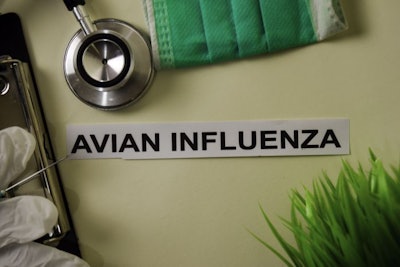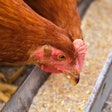
A flock of 70,000 chickens in a commercial egg laying operation in Berks County, Pennsylvania, tested positive for highly pathogenic avian influenza (HPAI).
The United States Department of Agriculture (USDA) Animal and Plant Health inspection Service (APHIS) confirmed the presence of HPAI in the flock on May 17.
This is the second case of HPAI in a Berks County egg operation. Another case was confirmed three days earlier in a commercial layer breeder operation, which involved 83,700 birds. Berks County has also had four commercial duck operations affected by avian influenza, half of which were breeding operations.
So far in 2022, Pennsylvania has had 14 cases of HPAI in commercial poultry, but the number counties where those cases occurred has been limited to two. The remaining cases of HPAI in the state have all been in Lancaster County, where commercial broiler, layer and duck flocks have been affected.
In total, Pennsylvania has had 4,236,200 commercial birds affected by HPAI. No backyard flocks have yet been affected, but there have been nine cases of HPAI in wild birds in the state. However, HPAI infections in backyard flocks and wild birds should not have any impact on international poultry trade, in accordance with standards set forth by the World Organisation for Animal Health (OIE).
There were seven other new cases of HPAI confirmed in the United States, but all of those were in backyard flocks. The majority of those were in Idaho, but Utah and New Jersey both had one new reported case. All of New Jersey’s previously announced cases were in wild birds.
So far in 2022, HPAI has been confirmed in commercial poultry flocks in Michigan, Wisconsin, Oklahoma, Minnesota, North Dakota, South Dakota, Nebraska, Kansas, Iowa, Missouri, Kentucky, Indiana, Colorado, North Carolina, Delaware, Maryland, Pennsylvania and Utah. The virus has also been found in commercial game bird operations in Texas, New York and South Dakota.
To learn more about HPAI cases in North American commercial poultry flocks, see an interactive map on WATTPoultry.com.
Read our ongoing coverage of the global avian influenza outbreak.


















